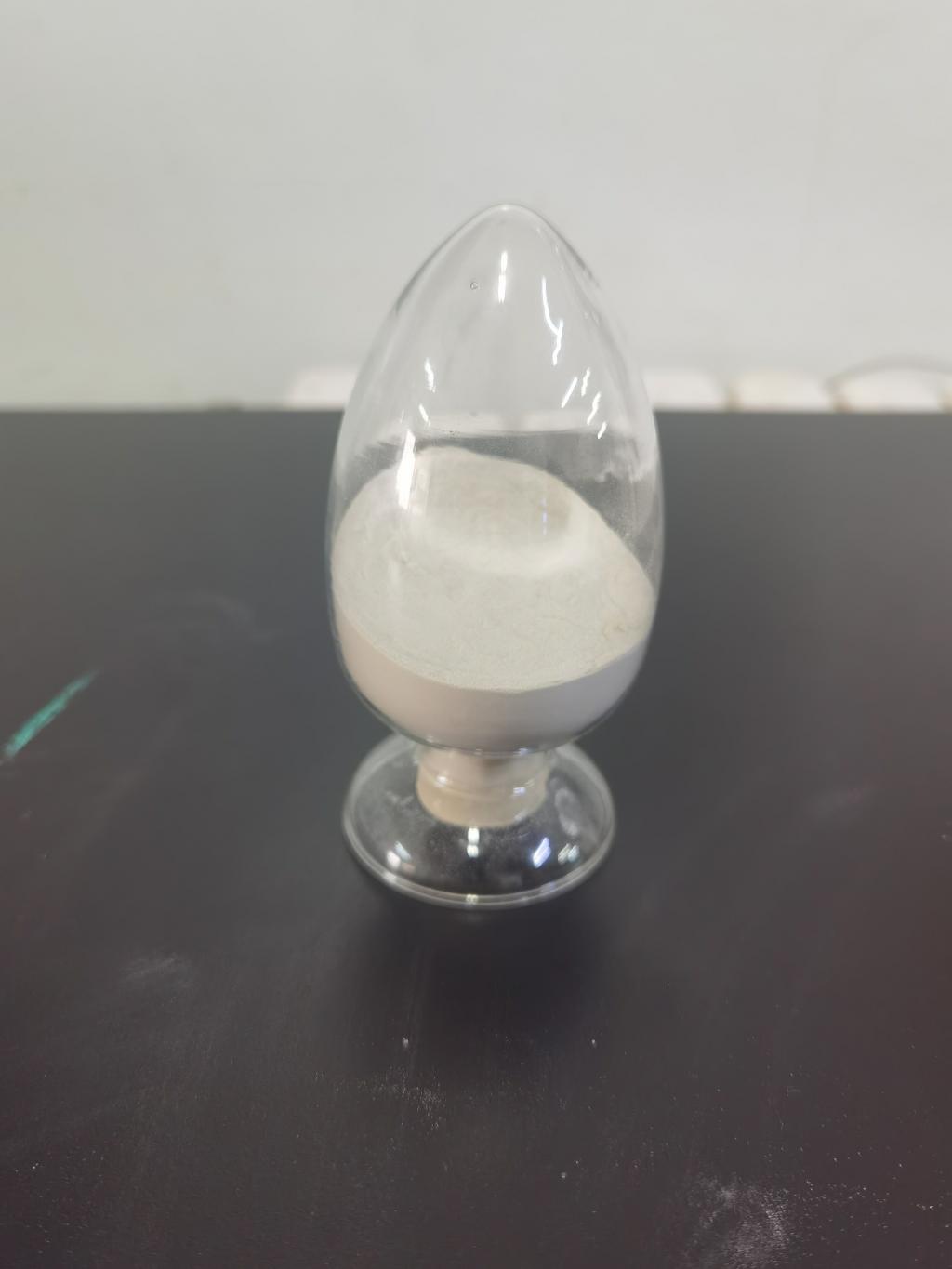Tel:+8618231198596

News
 CONTACT
CONTACT
 CONTACT
CONTACT
- Linkman:Linda Yao
- Tel: +8618231198596
- Email:linda.yao@dcpharma.cn
- Linkman:CHARLES.WANG
- Department:Overseas
- Tel: 0086 0311-85537378 0086 0311-85539701
News
Nisin's Influence on Clean Label and Ingredient Transparency.
TIME:2023-09-27
Clean Label and Ingredient Transparency: A Modern Imperative
Clean Label: Defining the Concept
Clean label is a term that has gained prominence in recent years, but its precise definition may vary. In essence, clean label products are those that:
Use simple and recognizable ingredients.
Are minimally processed.
Are free from artificial additives, preservatives, and synthetic chemicals.
Align with consumer expectations for health and environmental responsibility.
Consumer-Driven Demand
The clean label movement has been primarily driven by consumer demand for healthier and more natural food options. Modern consumers are becoming increasingly conscious of what they eat, seeking products that are not only nutritious but also produced in an environmentally responsible and ethical manner.
Ingredient Transparency
Ingredient transparency goes hand in hand with clean label products. It involves providing consumers with clear and comprehensible information about the ingredients used in a product. Transparency builds trust, as consumers can make informed choices about what they consume.
Nisin's Role in Clean Label and Ingredient Transparency
Nisin, as a natural antimicrobial peptide, contributes to clean label and ingredient transparency in several ways:
Natural Origin and Recognition as GRAS
Nisin's origin from Lactococcus lactis, a naturally occurring bacterium, aligns with clean label principles. It is generally recognized as safe (GRAS) by regulatory authorities, reinforcing its status as a natural ingredient.
Minimal Processing
The production of nisin typically involves minimal processing steps. This minimalism in its manufacturing supports the clean label concept, as it lacks the complex chemical processes associated with synthetic additives.
Label-Friendly Preservative
Nisin serves as a label-friendly alternative to synthetic preservatives. It effectively extends the shelf life of various foods without the need for chemical additives, meeting consumers' expectations for safer and more natural ingredients.
Reduced Need for Synthetic Preservatives
By replacing synthetic preservatives with nisin, food manufacturers can reduce or eliminate the use of chemical additives with complicated names that consumers find difficult to understand. This simplification of ingredient lists enhances transparency.
Cleaner Ingredient Statements
Foods preserved with nisin often feature cleaner and more straightforward ingredient statements, such as "milk, salt, nisin" as opposed to "milk, salt, sodium benzoate, potassium sorbate."
Enhanced Shelf Life and Reduced Food Waste
Nisin's role in extending the shelf life of products contributes to reducing food waste. It allows consumers to enjoy foods for longer periods, aligning with sustainability goals.
Case Studies: Nisin in Action
Dairy Products
Nisin is commonly used in dairy products like cheese and yogurt. Its antimicrobial properties help control spoilage bacteria, extending the shelf life of these products without the need for synthetic preservatives.
Meat and Poultry
In meat and poultry processing, nisin has been utilized to inhibit the growth of harmful bacteria, such as Listeria monocytogenes, ensuring the safety of products. This use enhances ingredient transparency by eliminating the need for chemical antimicrobials.
Packaged Foods
In packaged foods like sauces, dressings, and ready-to-eat meals, nisin acts as a natural preservative, contributing to clean label claims and simpler ingredient lists.
Challenges and Considerations
While nisin offers significant advantages for clean label and ingredient transparency, there are certain challenges to consider:
Regulatory Compliance: Nisin's use must comply with local regulations, which may vary. Ensuring that nisin is used within approved limits is essential for both safety and regulatory adherence.
Consumer Education: Some consumers may not be familiar with nisin, and misconceptions about its safety or origin could arise. Clear labeling and education efforts can address these concerns.
Sensory Impact: In some cases, nisin may impart a slightly bitter taste when used at higher concentrations. Careful formulation and sensory evaluation are necessary to maintain product quality.
Conclusion
Nisin's influence on clean label and ingredient transparency is a testament to its versatility and compatibility with modern consumer expectations. As the clean label movement continues to reshape the food industry, nisin emerges as a natural, effective, and label-friendly preservative that aligns with the desire for simpler ingredient lists and healthier, more natural food choices. Through its role in preserving a wide range of food products, nisin not only enhances food safety but also supports sustainability goals by reducing food waste. Ultimately, nisin exemplifies how science and nature can come together to meet the evolving demands of a more conscious and discerning food culture.
- Tel:+8618231198596
- Whatsapp:18231198596
- Chat With Skype







